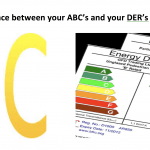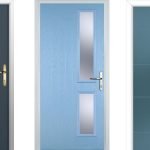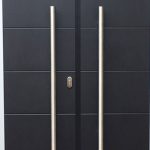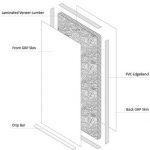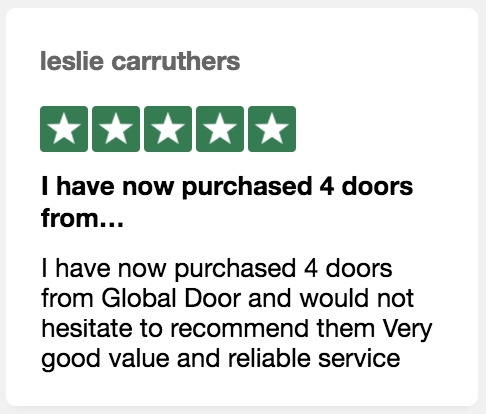Do you know the difference between your ABC’s and your DER’s?
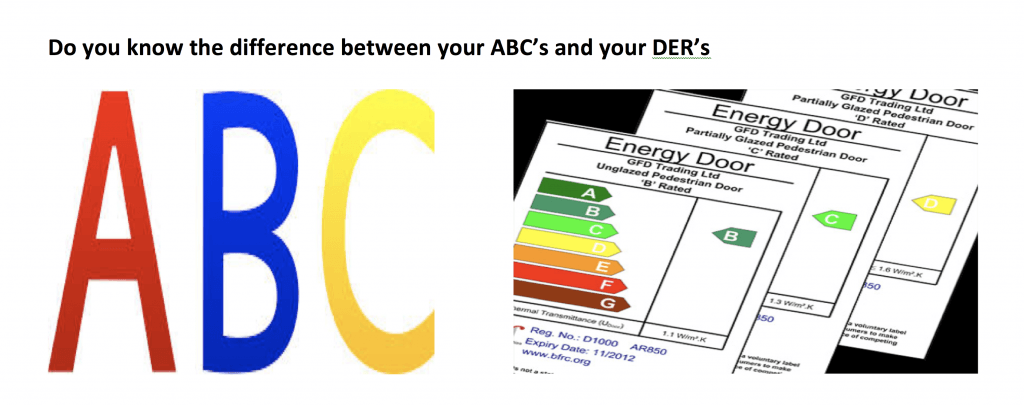
ABC some of the first words / letters we utter as we start on life’s journey – as the first three letters of the alphabet they have been used frequently in the naming of companies everything from the ABC broadcasting Network to the much more radical “Austrian Blockchain Centre” (do not visit unless you are technically minded) Learning ones ABC’s has been pretty much universally accepted as a term meaning something akin to getting the fundamentals in life right as a first step to learning anything
The DER is a little more obscure being an acronym for Door Energy Rating –
Everyone associates with ABC’s but if it is a new front door that you are after the DER’s could be one of the key Factors you need to consider in your choice. Style, colour and accessories are important but if it’s the longer term benefits you are considering such as thermal efficiency and lower heating bills then the DER of your new front door should be right up there as a primary consideration.
We all recognise efficiency ratings on electrical appliances and over the years we have become used to the colour coded banding A to G but not many people realise that since 2011 The British Fenestration Rating Council (BFRC) which is a wholly owned subsidiary of the glazing industries trade association , the Glass and Glazing Federation have operated a Door Energy Rating Scheme, which has been adopted by the door manufacturing industry.
The rating includes consideration of the U value and air infiltration. Solar gain is currently not included in the rating process for external doors, however ratings for doors with glazed panels of circa 60% of the door area do include an allowance for solar gain.
The technical description of a “U” value is how much thermal energy in Watts [W] is physically transported through a building component with the size of 1 square meter [m²] at a temperature difference of 1 Kelvin [K] (=1ºC). Thus, the unit for U-values is W/(m²K).
Or put more simply the” U” Value measures how well a component (such as a roof, wall, window, or premium quality Door) keeps heat inside a building. The higher the U Value, the more heat will flow through, hence a good U Value is a low one as you will want to keep heat inside the building (especially in this country).
All new external doors are tested for their Energy efficiency and given a DER rating of A-G rating. A high-performance insulated door will have a minimum energy rating of ‘C’ and above, it is advisable to avoid doors with a rating of ‘D’ or below. Current legislation requires that all new doors sold and fitted in England & Wales must have a “U” value not exceeding 1.8W/m2K and the lower level of (1.6W/m2K applying in Scotland).
Composite Doors which are factory manufactured under strict Quality Control conditions and are built as pre- engineered door sets, where the door frame, door and all draught proofing and sealing are factory installed, which all but eliminates draughts and as the preferred cores of solid polyurethane foam or compressed hardwood have excellent thermal efficiency ratings a rating of “C” or above is the norm for such doors.
At Composite Door Prices when we review a door we vet everything and the DER value is one of the key criteria, every door vetted must have a “certificate” confirming its rating or it does not make it into our web site.







